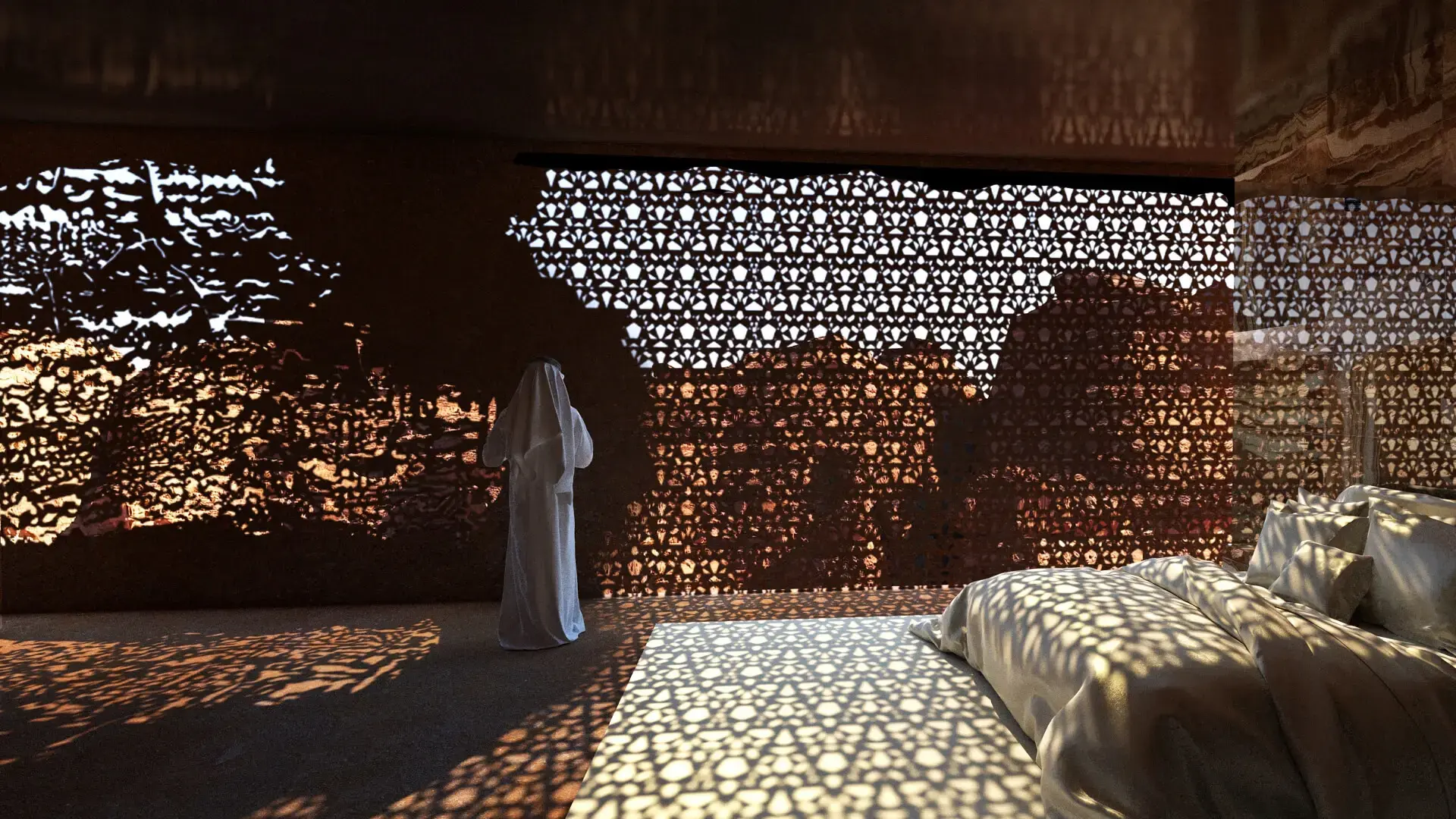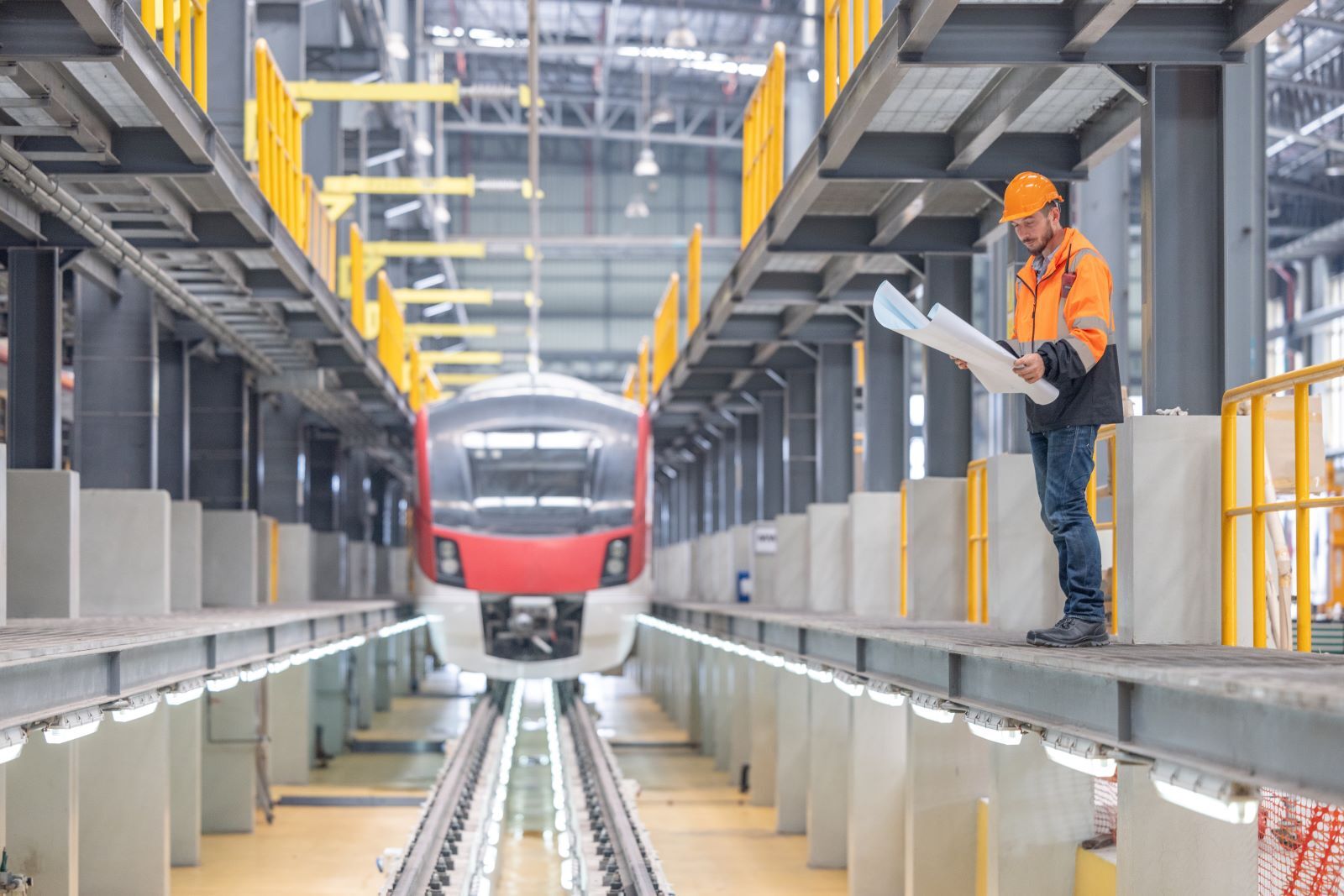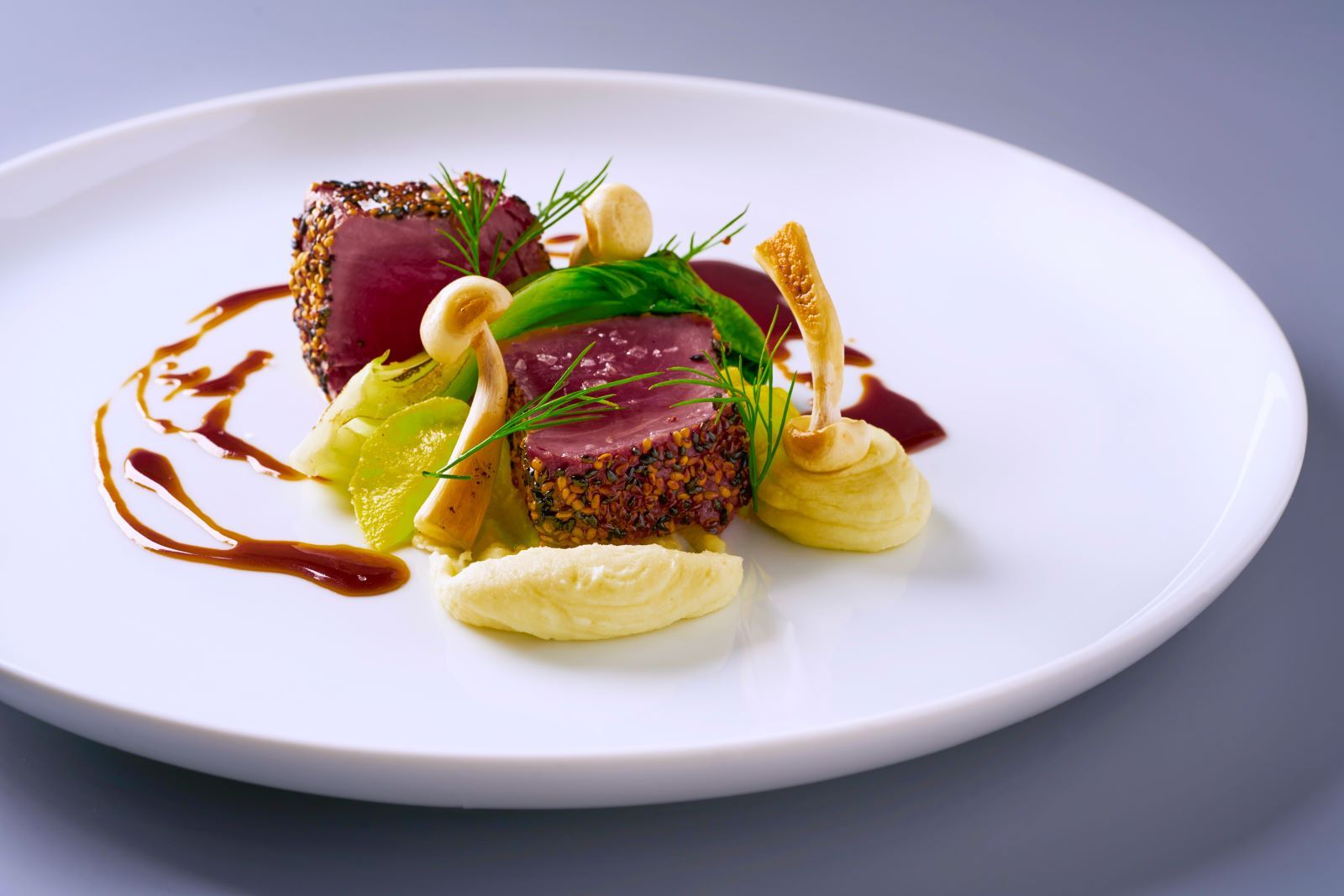Saudi Arabia’s Journey Through Time

Exceeding Expectations
Saudi Arabia is a rapidly growing destination for domestic, regional and international travellers and tourists. It is also experiencing substantial growth in expatriate residents and foreign investment. With hotels in key areas already at full capacity throughout the year, the 9,000 hospitality key options in Al Ula are likely to be quickly snapped up by investors and booked by incoming tenants and visitors. This visionary new development project is like nothing else on earth, making it a truly one-of-a-kind experience that should not be missed.
Al Ula: An Overview
At its core, the Journey Through Time project is a ‘route’ that encompasses five districts across the Al Ula region all interconnected by a low-carbon tramway. It starts at the Old Town in the south and inds up through Dadan and Jabal Ikmah to the Nabataean Horizon and finally Hegra, the capital of Nabataean civilisation and Saudi Arabia’s first UNESCO Heritage Site. The concept was centred on showcasing a sanctuary of harmonious co-existence between nature and humans, while celebrating he rich cultural legacy of the past and creating unique investment opportunities and sustainable economic development. Much of that investment potential will be centred around the hospitality and residential elements including the thousands of new hotel rooms and resorts including the Banyan Tree, a desert-ranch style hotel, a Janu hotel, the Shaden Resort and Sahary Al Ula with its tent-style suites or Habitas AlUla with its 3D printed standalone capsules. Access will also be extremely easy with the Prince Abdul Majeed bin Abdulaziz Airport in Al Ula only a 30 minute drive
away.
The Al Ula Districts
Centrally located in the regenerated oasis is the Wadi of Hospitality where visitors will be able to interact seamlessly with the past and the present across a series of museums, restaurants, shops and attractions. They can then hop-on and off the 46 kilometre tram to visit each of the five districts.
Al Ula Old Town: The Old Town and Cultural Oasis is a picturesque collection of restored streets and outlets immersed in artistry and cultural heritage. It will have over 900 houses, 400 shops and five town squares.
Dadan: Dadan is the archaeological epicentre of the Dadanite and Lihyantie kingdoms, so it is a fantastic place to learn about the evolution of this unique destination. It will house a series of resorts, hotels and the modern Dadan village as well as the Black Basalt Museum and the Kingdoms Institute.
Jabal Ikmah: Nestled between the ageless rocks of Al Ula, Jabal Ikmah is host to an open-air library of petroglyphs, a living monument to bygone eras. It will include the Jabal Ikmah Interpretive Centre, the Incense Museum and Gardens, galleries and a wellness centre.
Nabataean Horizon: With its breath-taking carved village, this district mirrors the beauty of Petra and also includes an amphitheatre, Arabian Horse Heritage and a wide variety of accommodation options including tented and canyon resorts as well as a recreational vehicle park.
Hegra Historical City: Lastly, this will be the district for exploring colossal monuments to a vanished civilisation. Visitors will be able to discover the secrets of over 110 tombs and archaeological sits as well as the Hegra Fort and restored Hijaz Railway Station.
If you would like to find out more about Al Ula and other real estate investment opportunities, get in touch with one of our consultants at Saudi Arabia Sotheby’s International Realty today.
-png-1-3.png)


